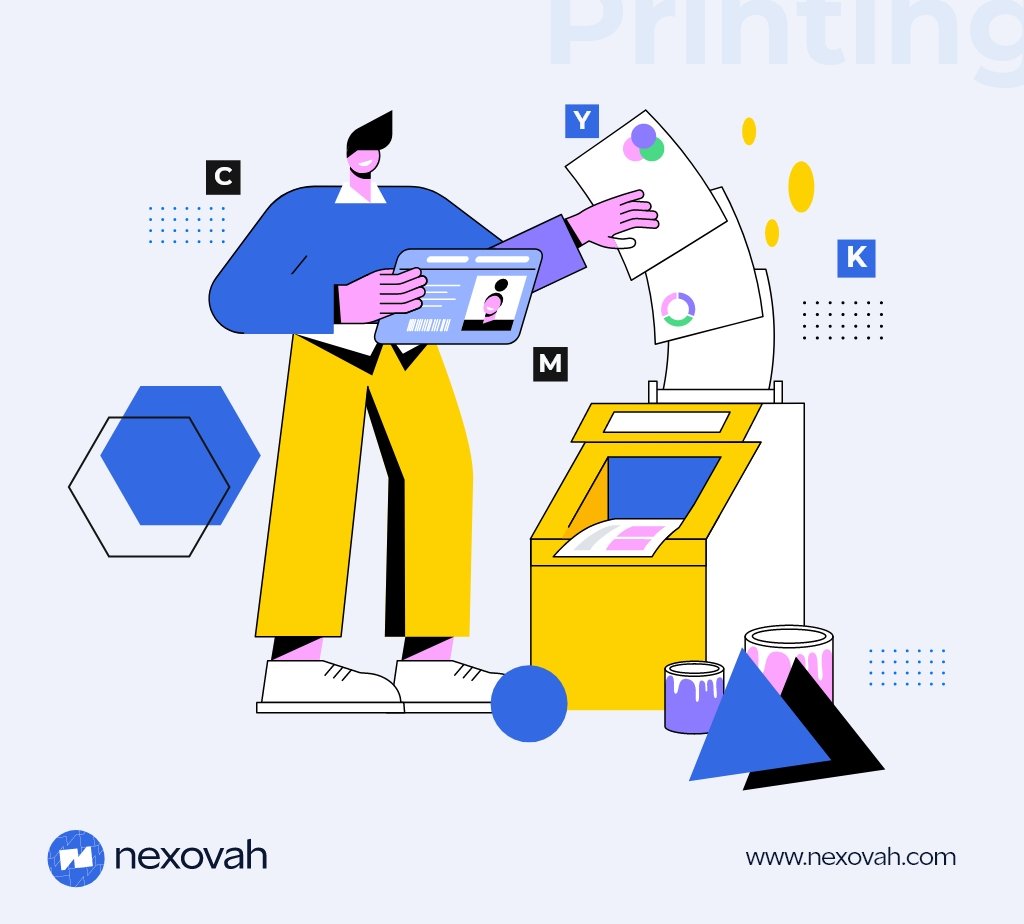Maximize Your Business Potential: Sales-Boosting Web Design Tips & Strategies
Welcome to our comprehensive guide on maximizing your business potential through sales-boosting...

Print media design plays a crucial role in capturing attention, conveying messages effectively, and creating impactful visuals. Whether it’s designing brochures, flyers, posters, or other print materials, mastering the art of print media design is essential for success. In this blog post, we will explore ten essential tips that will help you elevate your print media design skills and create stunning visual experiences.
To achieve professional results in print media design, it’s crucial to work with the right tools or software. Popular design applications like Adobe InDesign, Illustrator, and Photoshop provide powerful features and tools specifically tailored for print design. Familiarize yourself with these tools and leverage their capabilities to bring your design ideas to life.
When designing for print, it’s important to work in the CMYK color space instead of RGB. CMYK (Cyan, Magenta, Yellow, Black) is the color model used in print production, while RGB (Red, Green, Blue) is used for digital displays. Designing in CMYK ensures accurate color reproduction and avoids any discrepancies between your digital design and the final printed result.
Before diving into your design, set up your document with the correct size and spacing. Consider the final printed dimensions and any necessary bleeds or margins required by your print shop. This ensures that your design fits perfectly and eliminates any issues during the printing process.
To gain inspiration and improve your print media design skills, reference other well-designed printed materials. Look for examples of successful print campaigns, brochures, or posters that resonate with your target audience. Analyze their layout, typography, color schemes, and use of imagery to inspire your own designs.
Always keep the end product in mind while designing. Understand the purpose and context of the print material you’re creating. Is it a brochure meant to inform or a poster designed to catch attention? Tailor your design elements, typography, and imagery to align with the goals and audience of the specific print media piece.
Consistency is key in print media design. Maintain a cohesive visual language throughout your design by using consistent typography, colors, and graphic elements. This helps create a professional and polished look and enhances the overall impact of your print materials.
To ensure a high-quality print output, use high-resolution images and graphics in your design. Low-resolution images can appear pixelated or blurry when printed. Aim for a minimum resolution of 300 DPI (dots per inch) for optimal print quality. Also, pay attention to the quality of fonts and vector graphics to avoid any issues during printing.
Before sending your design for printing, thoroughly proofread and review it. Check for any spelling or grammar errors, alignment issues, or design inconsistencies. It’s a good practice to print a physical proof or use print preview options in your design software to identify and correct any potential issues before the final printing stage.
When sending your design files to the print shop, ensure you provide them with the correct file formats and specifications they require. Convert your design to the appropriate file format, such as PDF, and include any necessary bleed or trim marks. Communicate with your print shop to understand their specific requirements and deliver the files accordingly.
Designing print media can be a creative process that requires experimentation and iteration. Trust your design instincts and strive for a design that you’re satisfied with. Don’t be afraid to try different layouts, color combinations, or typography choices. Seek feedback from colleagues or clients, but ultimately, trust your creative vision and aim for a design that reflects your style and meets the objectives.
Mastering print media design is a valuable skill that can elevate your visual communication and leave a lasting impact. By using the right tools, working in the CMYK color space, considering document size and spacing, designing with the end product in mind, maintaining design consistency, ensuring high-quality elements, proofing meticulously, providing print shops with the right files, designing to your comfort level, and being satisfied with your work, you can create print materials that captivate audiences and convey messages effectively. Embrace these essential tips, keep honing your design skills, and watch your print media creations come to life with excellence.
If you like to know more about Print Media Design reach out to us by using our website nexovah.com or email us support@nexovah.com